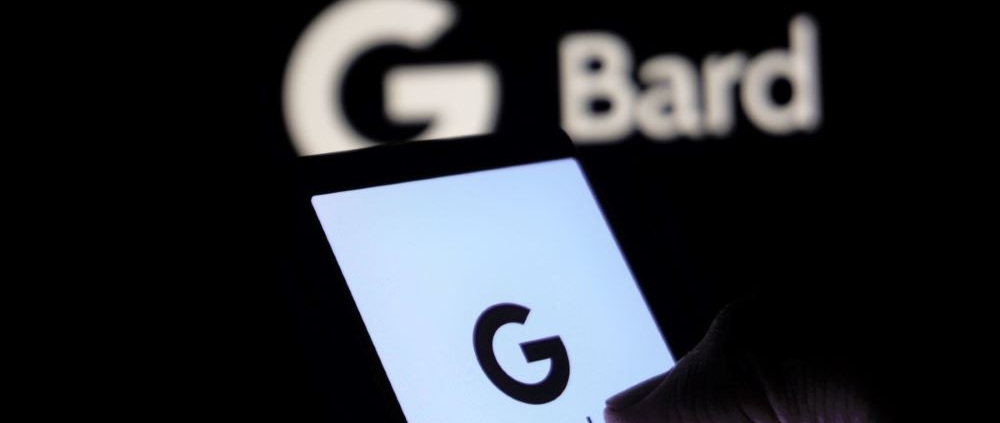Google has announced that it is embedding its ‘Bard’ chatbot into its apps and services with the launch of ‘Bard Extensions’.
Bard
In a similar way to Microsoft’s Copilot, Google’s own ‘Duet’ (for Google Cloud users), and Salesforce’s Einstein Copilot, Google is giving users an embedded chatbot assistant that works across its apps to leverage them and improve productivity.
PaLM 2 LLM
Google’s Bard is its generative AI service which used Language Model for Dialogue Applications (LaMDA), and more recently is using Google’s next generation PaLM 2 LLM. When first announced, Bard was seen as Google’s rival to OpenAI’s ChatGPT (probably because ChatGPT beat everyone to market).
Extensions
Google says that its ‘Bard Extensions’ that will enable the Bard “helpful collaborator” to connect with Google’s apps and services. In a similar way to how OpenAI’s ChatGPT’s extensions enable to access other wider information sources, Extensions gives Bard to access information internally and from back-end systems as well as via Google tools like Google Maps, and Google Flights and hotels (as well as Gmail, Docs, Drive). In short, it’s a way for Google users to access multiple information sources in one place – tying everything together in what should be a fast and convenient way.
Manages Your Email, And More – Example : Planning A Trip
As mentioned in the title of this article, one way you could use Bard is to manage aspects of Gmail, e.g. summarising emails to and from certain contacts. However, the point Google wants to make is that the embedded Bard can integrate, co-ordinate, and pull-in information from multiple sources, saving time and effort and boosting the capabilities and productivity of users.
One example Google gives to illustrate this is by suggesting using Bard to plan a trip by asking Bard to “grab the dates that work for everyone from Gmail, look up real-time flight and hotel information, see Google Maps directions to the airport, and even watch YouTube videos of things to do there — all within one conversation.”
Bard can, of course, do many of the things ChatGTP users are familiar with plus users can also upload images and ask Bard to find information about them.
Security
Google is also keen to make the point to businesses that if you choose to use the Workspace extensions, security and privacy will be maintained because the content from Gmail, Docs and Drive will not be seen by human reviewers, used by Bard to show targeted ads, or used to train the Bard model. For example, fears have been raised that sensitive company information shared with generative AI chatbots could conceivably be revealed as part of an answer to other users is the right prompts were used.
“Google It” Button To Check Reliability
One issue with generative AI chatbots is that they can generate replies to questions that contain often plausible looking but fabricated or simply incorrect information. For example, OpenAI’s CEO, Sam Altman has been very open about ChatGPT’s deductive (fact-based) reasoning leading it to have ‘hallucination’ problems, whereby it confidently states things as if they were facts that are entirely made up. Relying on false information for decision-making or publishing false information could, of course, be very damaging for businesses.
To address this issue, Google says Bard’s “Google it” button will enable users to “more easily double-check its answers.” For example, clicking on the “G” icon, makes Bard read the response and “evaluate whether there is content across the web to substantiate it.” Where Bard’s statements can be evaluated, users can click the highlighted phrases and view the supporting or contradicting information found by Search.
Share A Bard Chat Link
Google says that the new embedded Bard can also help with “conversations” about topics (e.g. business issues) between users by allowing users to share a Bard chat with each other through a public link. This allows users to continue a conversation and ask Bard additional questions about that topic or use it as a starting point for ideas.
What Does This Mean For Your Business?
Along with Duet, the embedding of Bard in Google’s apps and the use of Bard Extensions provides with another way for Google to compete with and challenge its generative AI rivals Microsoft (with Copilot) and OpenAI (with ChatGPT). It’s the synergies and added value of being able to tie together and leverage so many apps, services, and information sources via one fast, convenient, easy to operate (just conversational language) AI assistant / collaborator that’s the advantage an embedded Bard, Copilot and other similar chatbot brings.
Businesses may need to access information from different places (internal and external) and in different Google apps in its suite, and Bard gives them the chance to save time, and generate valuable information and insights, and increase their capabilities (without extra training) way beyond what could be achieved without it. In the generative AI world, Bard’s been quite a long time coming, and for many people it remains to be seen and experienced how it stacks up against other chatbots. For Google, which has spent many years developing a whole ecosystem of apps, Bard offers a way to give users seamless way to harness their power in new and value-adding ways. Although this is another important step for Google, many commentators are already looking towards a time when generative AI will not just be good with text and pictures but will be able to connect and integrate with other business systems like CRMs and become more proactive in their assistance rather than just responding to questions and requests.
If you would like to discuss your technology requirements please:
- Email: hello@gmal.co.uk
- Visit our contact us page
- Or call 020 8778 7759
Back to Tech News



